
Eagle Feathers #163 – The Ropewalk
By Bob (Monty) Doherty
If you were to list what items were in man’s first tool chest, rope would be found front and center. How old is rope and twine? No one knows for sure. It was made by hand since the Stone Age and may even predate the wheel. Egyptians used it to raise the pyramids. The English used it on their longbows. Every ship that sailed the seas found it essential. It has been defined as a braided, twisted and turned length of fiber used for hauling, lifting, tying, and securing almost anything.
What is a ropewalk? It is a long building or piece of ground where ropes are made. The longest and oldest one in America is the 1300-foot granite building located in Charlestown. This is a common question asked at the USS Constitution Museum in Charlestown.
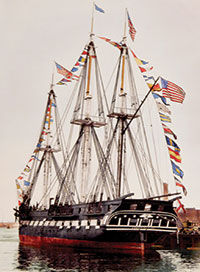
Let’s take a stroll and spin you a “yarn.” The Constitution is the oldest commissioned warship in the world. A sail ship her size averaged over 20 miles of cordage, ropes of various diameters, above and below her decks to keep it afloat and sailing.
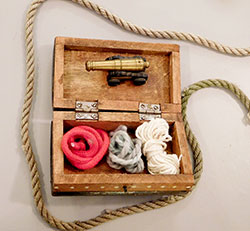
On ships, rope was used for everything from raising sails to swabbing decks. Rope ladders led to the rigging aloft and hauled cannons into position on her deck. Early on, hemp was its most common material, followed later by manila hemp. In Colonial America, rope makers were among the most skilled workers.
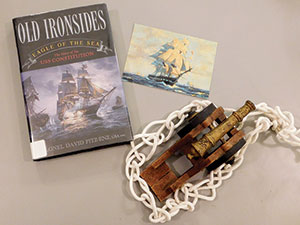
Rope enabled us to sail the earth, climb its mountains and cross its lands. It enabled men to build its structures, towns, and cities. During the1830s to 1900, rope and twine works flourished at the edge of the Millers River in and near Somerville’s Union Square.
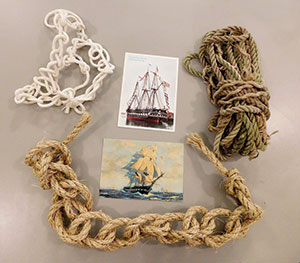
Who uses rope? Everyone! Where can you find it? Everywhere!
- In sports: Rope forms the nets of basketball, hockey, soccer, tennis and lacrosse. It is also part of the boxing ring and the gloves the boxers wear. It threads together footballs, softballs, baseballs and the gloves that catch them.
- In recreation: In Somerville, it is the star of indoor rock and wall climbing. Outside at the parks, it is an important component of kite flying, jump ropes, tug of war, fishing nets and lines.
- In the military:
Army: From catapults and slings to helicopter rappelling, parachutes and trip flares.
Navy: Hammocks and ships’ sails to boarding ropes and bailing pails.
- In construction: Used for hauling and towing, lifting and raising, swinging and crane hoisting.
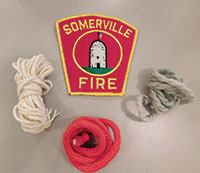
- In public safety: Fire rescue ropes, ladder ropes, lifelines, life nets and cords on alarm bells.
- In Somerville’s history:
Ropes set the sails of the Blessing of the Bay.
Ropes rang Somerville’s Paul Revere church bells.
Ropes hauled General Knox’s cannons from Saratoga, New York, to Somerville’s Cobble Hill.
And most historically, the rope that General George Washington used to raise our first American flag at Prospect Hill.
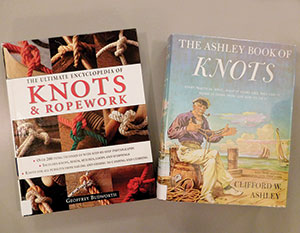

 https://www.portersquarebooks.com/
https://www.portersquarebooks.com/













Reader Comments